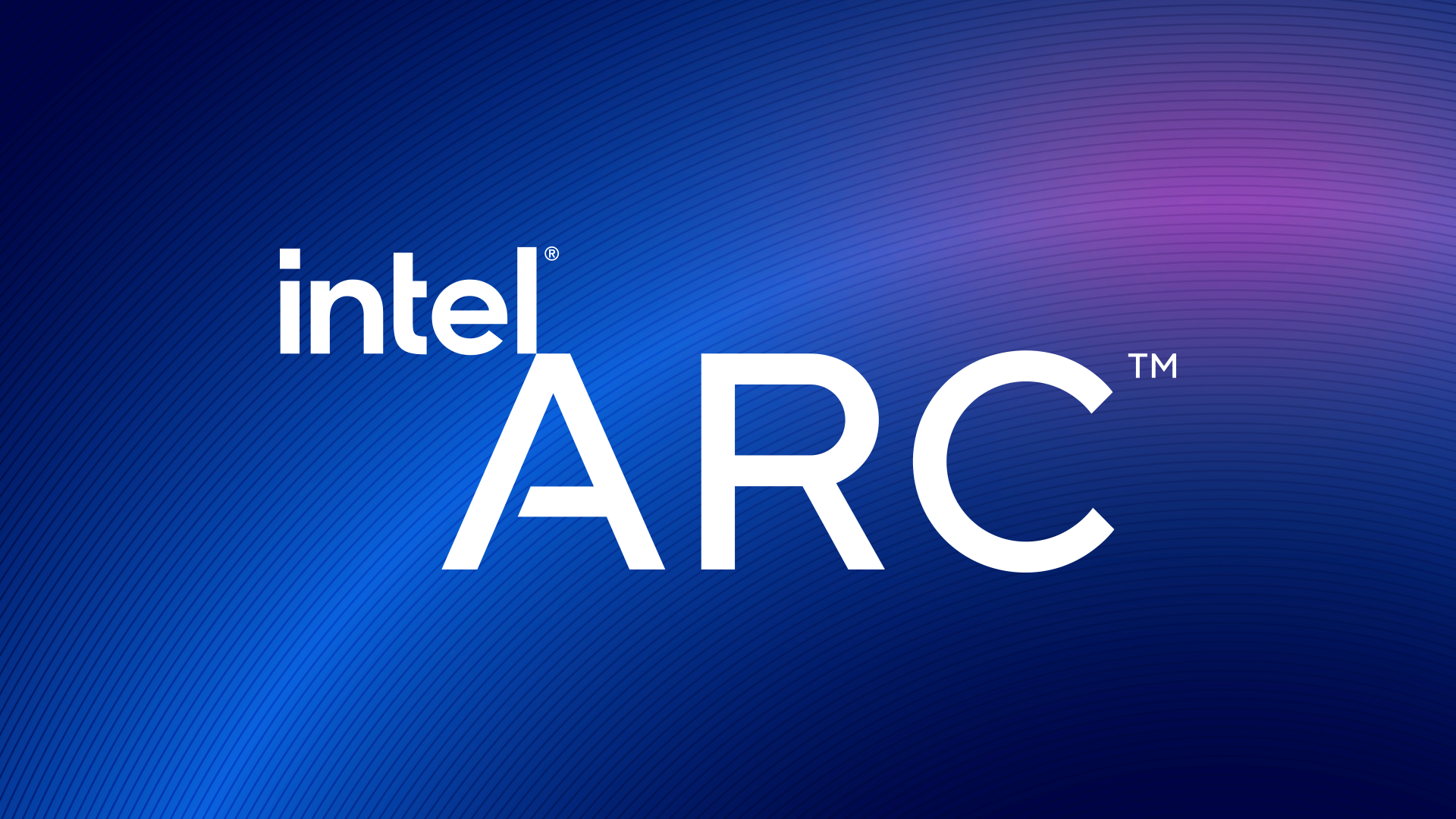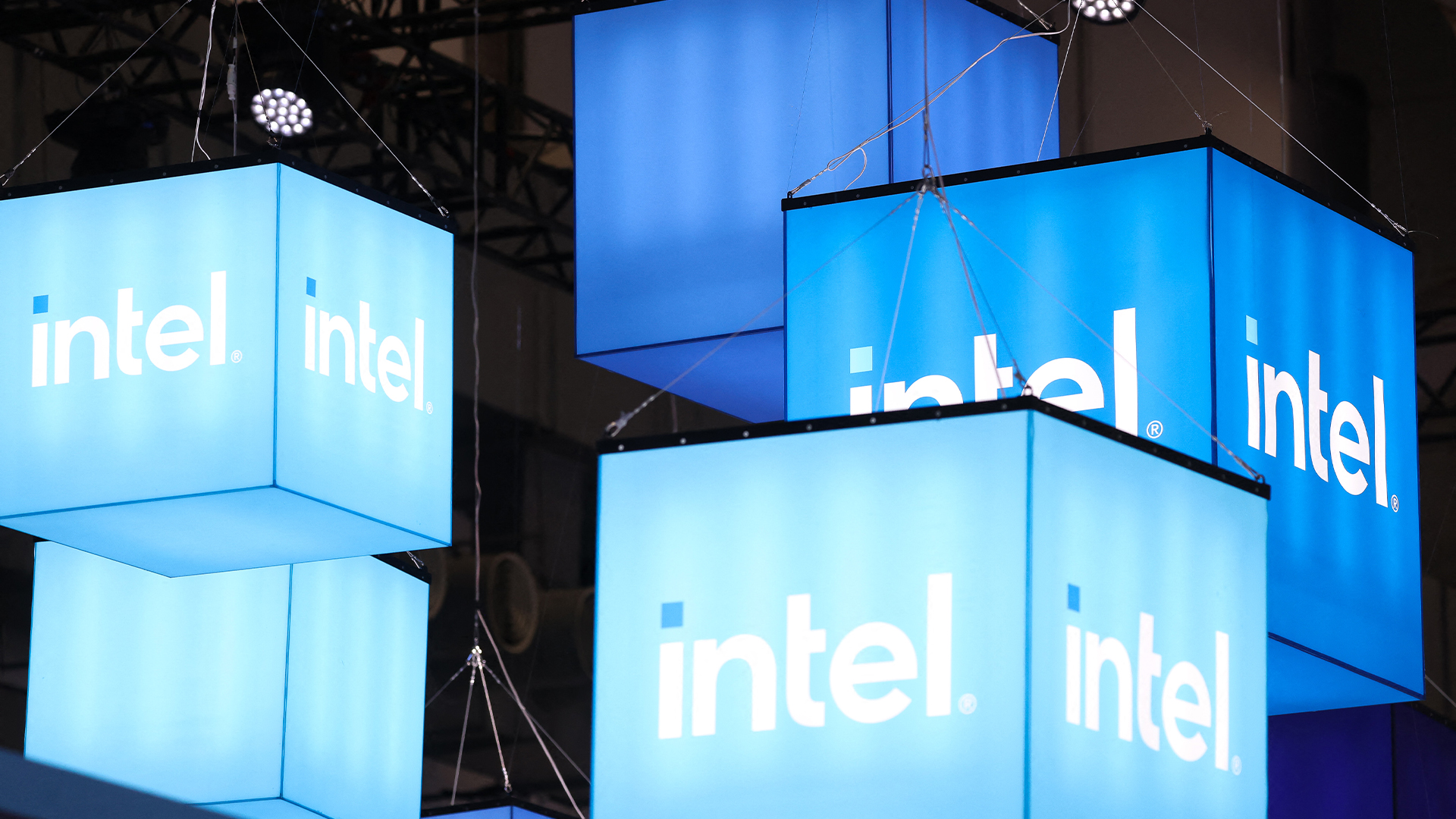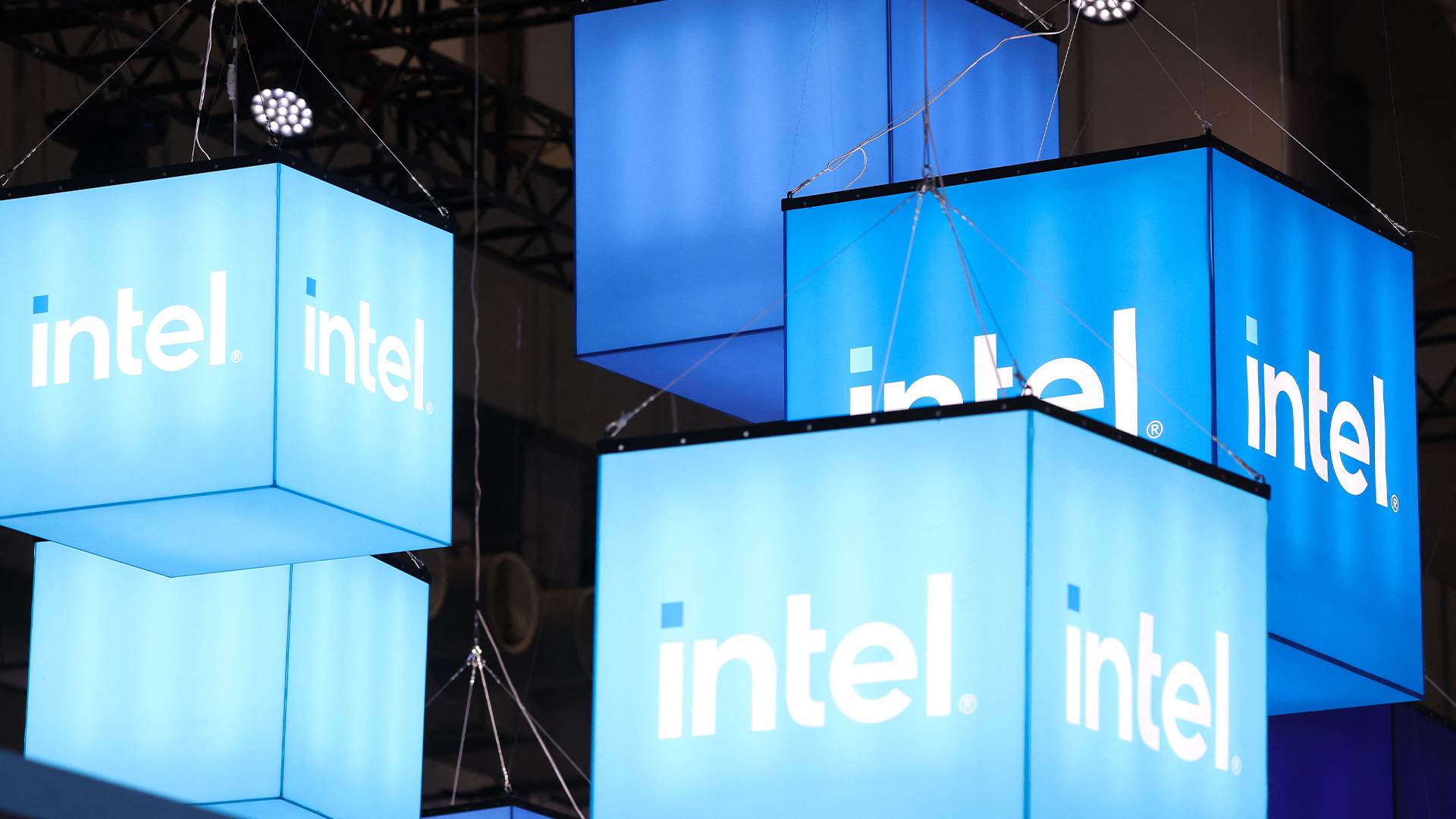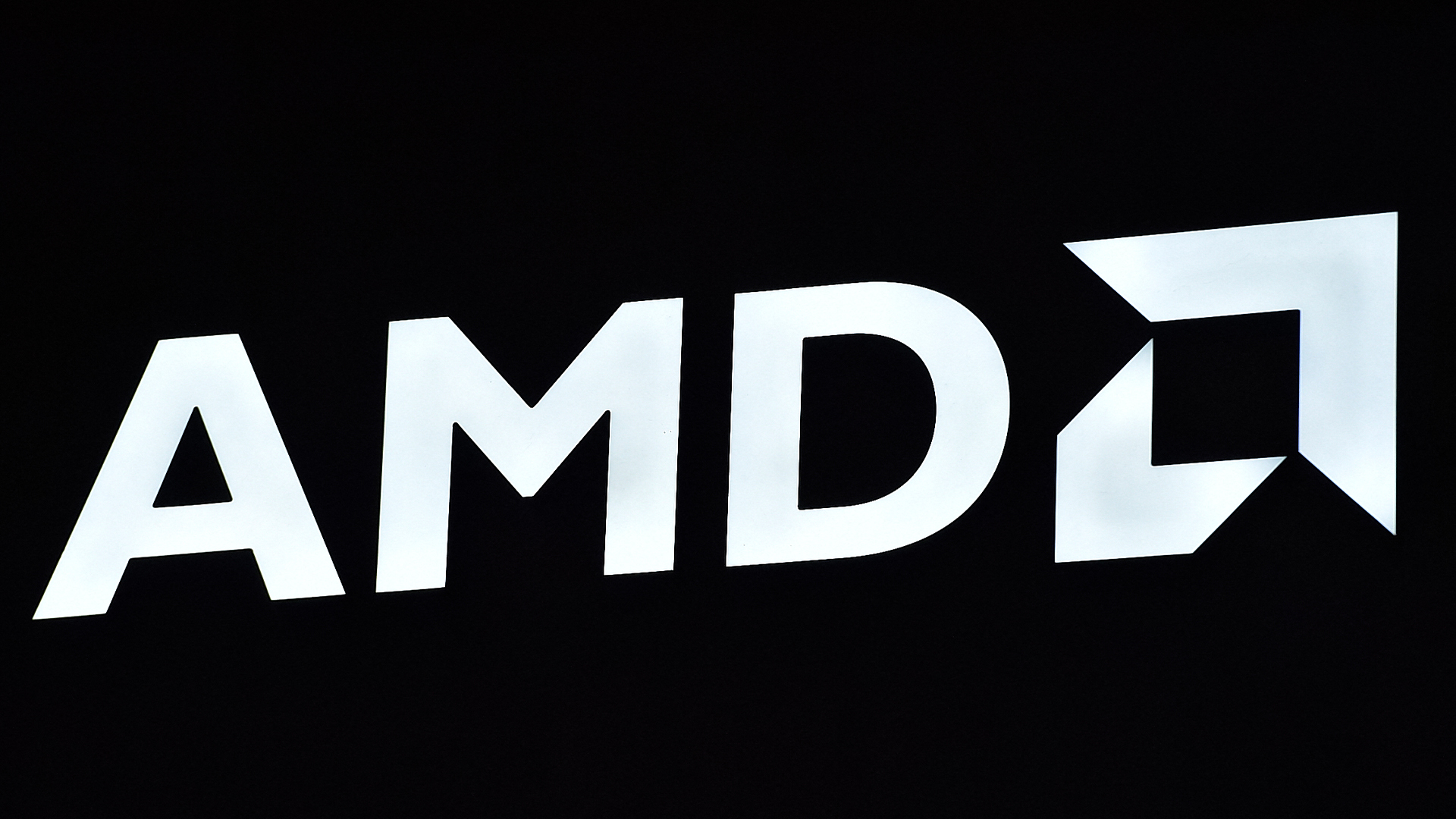Intel unveils Arc brand with new GPUs arriving in 2022
The first hardware generation, nicknamed Alchemist, will be based on the Xe microarchitecture


Intel has unveiled the Arc brand of graphics-based hardware and software products that are set to launch next year with a new line of GPUs set to be embedded in consumer-oriented products.
Intel Arc includes hardware, software and services, and will span multiple hardware generations starting with Alchemist, formerly known as DG2, which will be based on the Xe HPG microarchitecture.
Alchemist, set to be launched in products in the first quarter of 2022, will then be followed by Battlemage, Celestial and Druid. These chips, falling under the Intel Arc brand, will succeed the first Xe-based discrete GPU known as DG1, which launched at the start of 2020.
“Today marks a key moment in the graphics journey we started just a few years ago,” said Intel’s vice president and general manager of Client Graphics Products and Solutions, Roger Chandler.
“The launch of the Intel Arc brand and the reveal of future hardware generations signifies Intel’s deep and continued commitment to gamers and creators everywhere.
“We have teams doing incredible work to ensure we deliver first-class and frictionless experiences when these products are available early next year.”
Intel Xe is a scalable graphics and computing architecture designed to deliver high performance and functionality than previous generations of GPUs across various products. These range from data centres to supercomputers and include both integrated and discrete graphics.
Sign up today and you will receive a free copy of our Future Focus 2025 report - the leading guidance on AI, cybersecurity and other IT challenges as per 700+ senior executives
RELATED RESOURCE

How to maximise the value of your data and apps with IaaS
Free yourself from infrastructure complexity
Intel Arc products will be based on the Xe HPG microarchitecture, which is an amalgamation of the company’s Xe LP, HP and HPC technologies.
Alchemist features hardware-based ray tracing and AI-driven super sampling, in addition to full support for DirectX 12 Ultimate.
Future generations of Intel Arc GPUs will include additional features and support for complementary technologies, although the firm isn’t revealing any more details until later this year.
The company has recently embarked on a change in direction following a turbulent 2020 in which hardware standards slipped and companies like Nvidia and AMD boosted their respective reputations.
While Nvidia pipped Intel to become the most valuable US chipmaker, AMD has targeted the firm directly with a host of competing products for data centres and business laptops. The firm has also made major advances on its microarchitecture technologies.

Keumars Afifi-Sabet is a writer and editor that specialises in public sector, cyber security, and cloud computing. He first joined ITPro as a staff writer in April 2018 and eventually became its Features Editor. Although a regular contributor to other tech sites in the past, these days you will find Keumars on LiveScience, where he runs its Technology section.
-
 I couldn’t escape the iPhone 17 Pro this year – and it’s about time we redefined business phones
I couldn’t escape the iPhone 17 Pro this year – and it’s about time we redefined business phonesOpinion ITPro is back on smartphone reviews, as they grow more and more intertwined with our work-life balance
-
 When everything connects, everything’s at risk
When everything connects, everything’s at riskIndustry Insights Growing IoT complexity demands dynamic, automated security for visibility, compliance, and resilience
-
 Nvidia’s Intel investment just gave it the perfect inroad to lucrative new markets
Nvidia’s Intel investment just gave it the perfect inroad to lucrative new marketsNews Nvidia looks set to branch out into lucrative new markets following its $5 billion investment in Intel.
-
 The US government's Intel deal explained
The US government's Intel deal explainedNews The US government has taken a 10% stake in Intel – but what exactly does the deal mean for the ailing chipmaker?
-
 US government could take stake in Intel as chip giant's woes continue
US government could take stake in Intel as chip giant's woes continueNews The move would see increased support for Intel’s manufacturing operations
-
 Dell says Windows 11 migration is a prime opportunity to overhaul ageing PC fleets – and AI devices are in the spotlight
Dell says Windows 11 migration is a prime opportunity to overhaul ageing PC fleets – and AI devices are in the spotlightNews The shift to Windows 11 means IT leaders can ditch old tech and get their hands on AI PCs
-
 The gloves are off at Intel as new CEO plots major strategy shift
The gloves are off at Intel as new CEO plots major strategy shiftNews Intel’s incoming CEO has some big plans for the firm’s business strategy, sources familiar with the matter have told Reuters, with more job cuts looming on the horizon.
-
 Intel just won a 15-year legal battle against EU
Intel just won a 15-year legal battle against EUNews Ruled to have engaged in anti-competitive practices back in 2009, Intel has finally succeeded in overturning a record fine
-
 AMD and Intel’s new x86 advisory group looks to tackle Arm, but will it succeed?
AMD and Intel’s new x86 advisory group looks to tackle Arm, but will it succeed?News The pair will look to make x86 CPU architecture more interoperable
-
 Why the world is about to be swamped with AI PCs
Why the world is about to be swamped with AI PCsNews With adoption rates set to surge, AI PCs will become far more mainstream in years to come